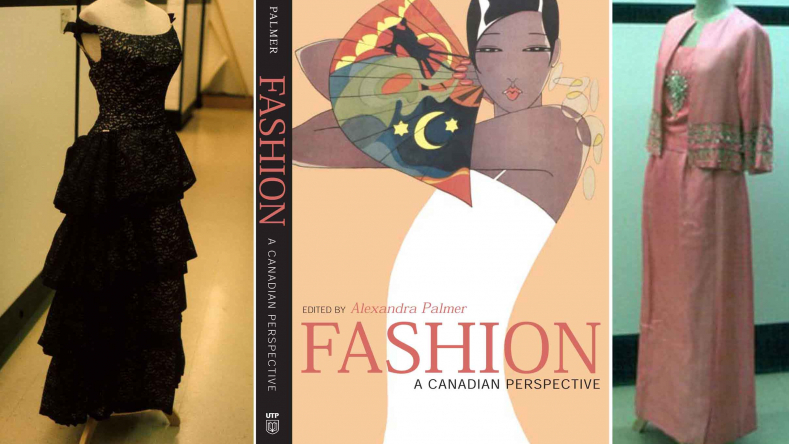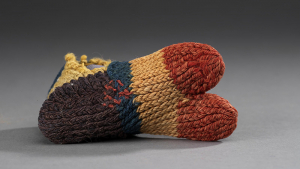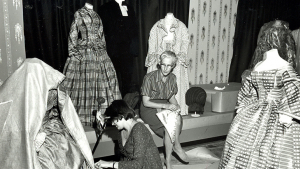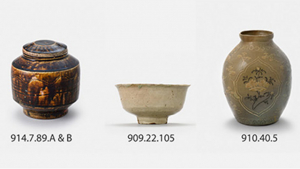Historical essays on Canadian fashion
Fashion: A Canadian Perspective is a book of historical essays on Canadian fashion that is the first to draw together new research on Canadian fashion design, fashion advertising and consumption.
This book breaks new ground in that it discusses not only the contribution of individuals to Canadian fashion, but also the broader issues of fashion in Canada. Internal and external influences are included in order to examine how fashion has been harnessed to reflect or deliberately create forms of Canadian fashion and national identity over three centuries, thereby setting the discussion of fashion, Canada and Canadians, into a larger socio-cultural framework.
The non-Canadianness of Canadian designers and fashion, and why they are not recognized as such raises complex issues of internationalism and globalization of fashion and Canada's role within this matrix. On one hand, fashion is becoming more and more multinational, both in terms of design and manufacture, making trade and international borders increasingly irrelevant. On the other hand, the role of design in fashion shows, marketing and the resulting press coverage, is still very much linked to national identities. Concomitantly, national design identity has become an increasingly important tool in creating a unique fashion product, particularly when there is often little distinction between similar designs. Thus cultural and national identity often operates as a key to deciphering the exclusive and novel "original" from the plethora of knock-offs.
This book also reflects current scholarly viewpoints and methodologies for the study of Canadian fashion by offering case studies that can serve as guidelines for future research on Canadian design in general, which both echoes and diverges from patterns in other North American cities. It is divided into themes in order to make trends and approaches to dress study more coherent for readers. In keeping with the academic trend for more encompassing and multidisciplinary approaches to history, the chapters are informed from several perspectives, including labour and gender, business, biography and oral history, art and fashion history and material culture studies. Just as the authors are drawn from diverse areas and foci, it is hoped that this volume will be of interest to a varied readership.
Beginning with Fashion and Identity it sets out to cover several very current areas of academic inquiry. The next section, Fashion and the Trade, addresses the viewpoint of manufacturer, worker, retailer, worker and consumer. The chapters cover a broad range of late 19th-20th century histories and examines how events, etiquette and fashionable dress have been promoted and understood by Canadian retailers and designers, and how they, in turn, have promoted Canadian or imported fashions in response to Canadians' consumption patterns or requirements. Fashion and Refuge addresses the interesting and controversial area of conventional and radical dress and work for women. Finally, different perspectives are included on the profession of journalism and fashion advertising in Fashion and the Press.
All the authors have directly contributed to the recording of a neglected aspect of Canadian society and history through the lens of fashion, demonstrating that fashion is inextricably linked to social, cultural and economic events in times of adversity and prosperity. This book, with its kaleidoscopic view of Canadian fashion, hopes to illuminate and stimulate further discussion and the recording of history in this rich area. It demonstrates that there was and is such a thing as Canadian fashion and that by examining its history, complexity and uniqueness we can begin to assess its significance internally and externally.





